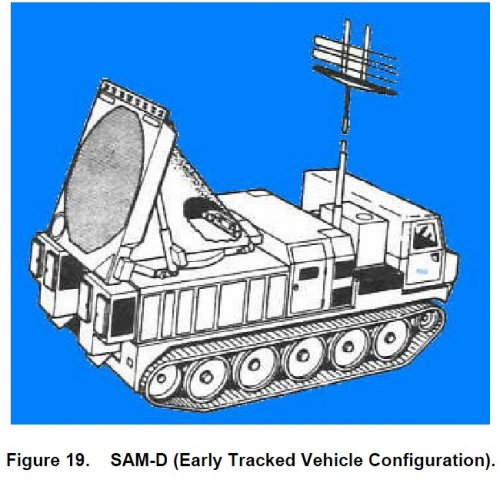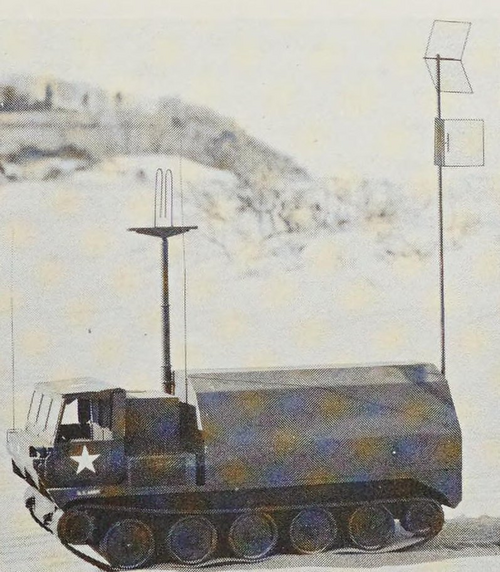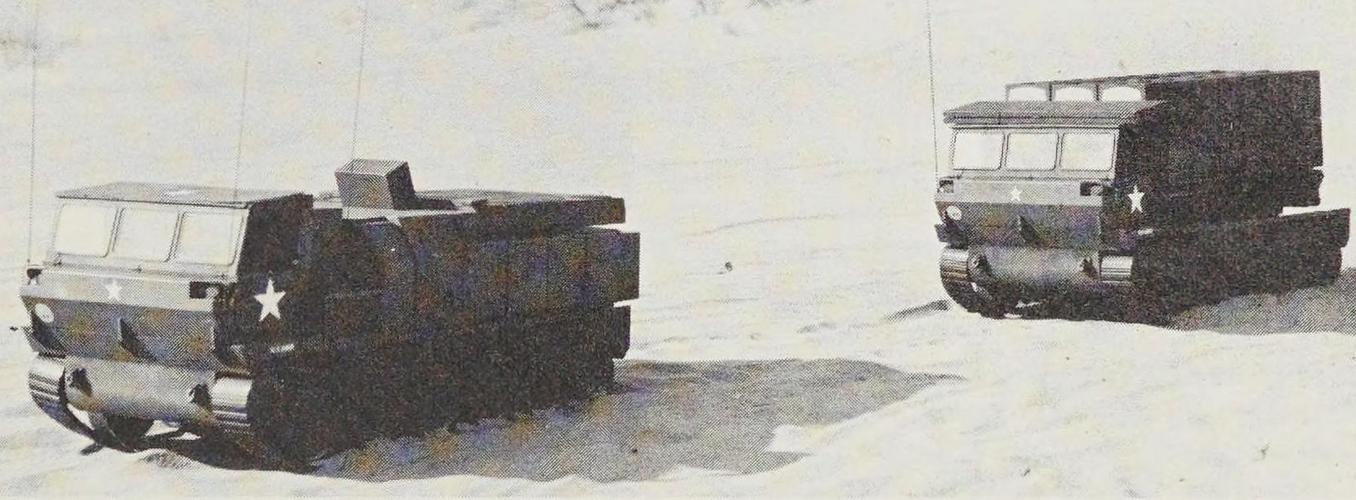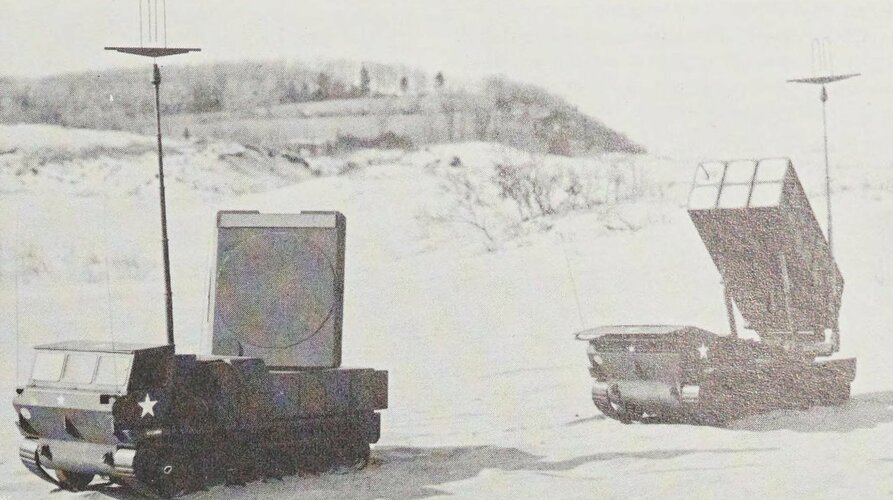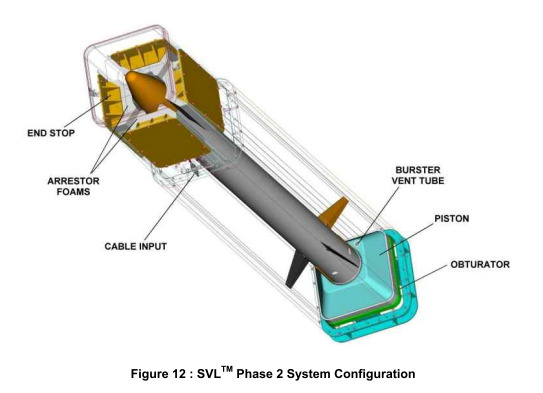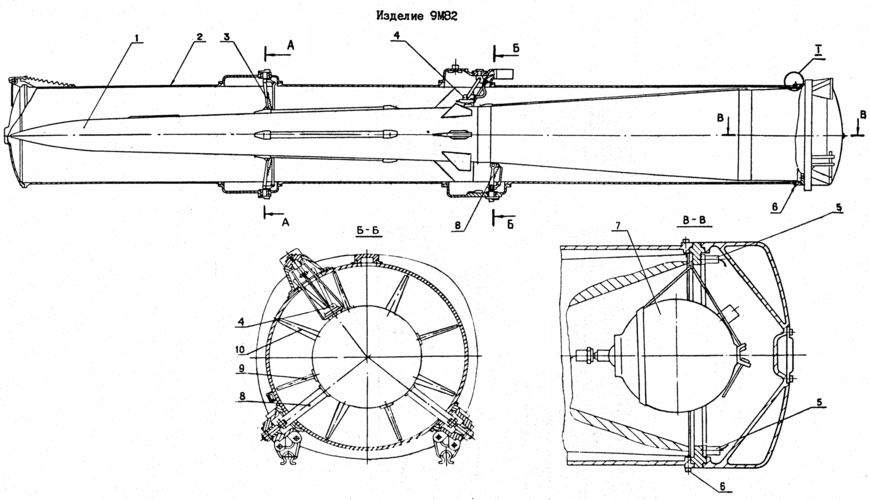- Joined
- 27 September 2006
- Messages
- 5,744
- Reaction score
- 5,618
One of the most interesting periods in the development of the US Army missile systems is that between 1960 and 1975 or so when the US envisaged self propelled tracked missile systems very similar to those deployed by the USSR.
Eventually the SAM D (later Patriot) emerged as a tracked launcher system, though this was dropped in favour of a more cost effective truck mounted version.
FABMDS was going to be a larger version of the Hawk type missile based on the contemporary GOER vehicle family.
The Redstone Military archive used to have some useful online material but this is now only available on a charged basis.
It would be interesting to know if anyone has access to models or photos of these systems that have not appeared elsewhere.
Tracked SAM D is well covered in early editions of jane's Weapons and elsewhere but FABMDS is not as far as I know.
UK 75
Eventually the SAM D (later Patriot) emerged as a tracked launcher system, though this was dropped in favour of a more cost effective truck mounted version.
FABMDS was going to be a larger version of the Hawk type missile based on the contemporary GOER vehicle family.
The Redstone Military archive used to have some useful online material but this is now only available on a charged basis.
It would be interesting to know if anyone has access to models or photos of these systems that have not appeared elsewhere.
Tracked SAM D is well covered in early editions of jane's Weapons and elsewhere but FABMDS is not as far as I know.
UK 75

